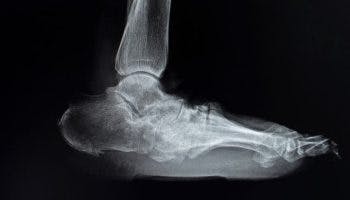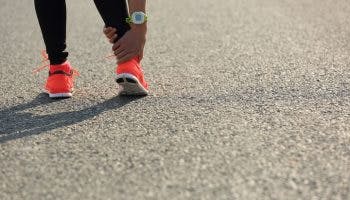4 TCM Bi (Obstruction) Syndromes That Explain Your Pinched Nerve
Published | 4 min read
A pinched nerve is a painful musculoskeletal condition that can limit your movement. But what’s causing the uncomfortable sensation?
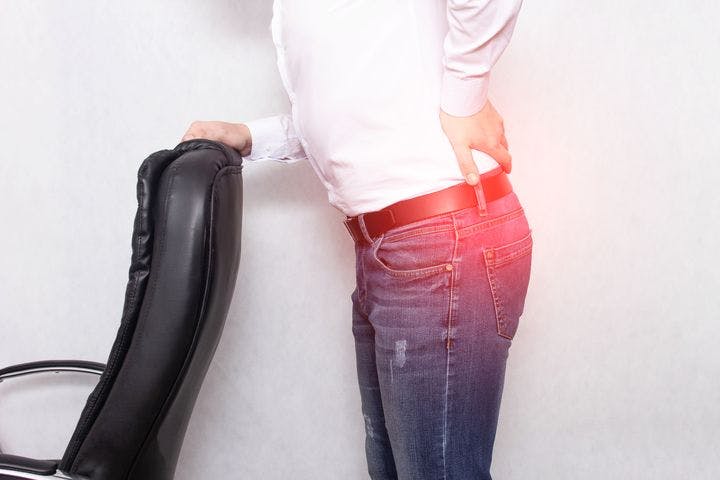
Aching or stiffness that you feel in your neck, leg or other parts of your body could be caused by a pinched nerve. When your body’s surrounding tissues, such as the bones, cartilage, muscles or tendons, apply too much pressure on a nerve, it causes a pinched nerve. You’ll feel pain, tingling, numbness or weakness.
What causes the pressure in the first place? Find out chiropractic and Traditional Chinese Medicine (TCM) causes of a pinched nerve and ways to address it.
Pinched Nerve: The Chiropractic View
What causes a pinched nerve are activities or conditions that apply direct pressure on your nerves. Some of these are:
- Agein
g : Reduces cartilage and exposes nerves to bones. - Arthriti
s : Inflamed joints put pressure on nearby nerves. - Injury: Causes musculoskeletal misalignment that traps nerves.
- Repetitive motions: Running or typing with inflamed joints puts pressure on nerves.
- Prolonged sitting: Leads to stiffness and nerve compression.
- Extra weight: Chokes nerve pathways and pressures the nerves. This can be due to being overweight or even temporary weight gain during pregnancy.
- High blood sugar: Having diabetes damages nerves.
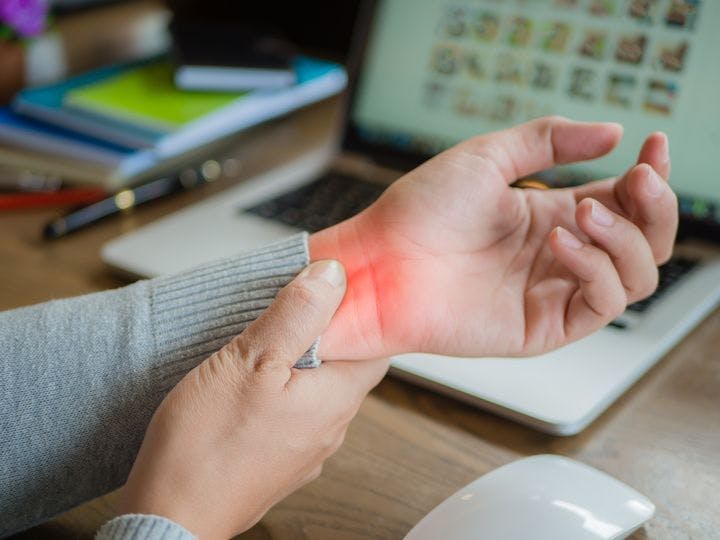
The 4 Syndromes of “Bi” or Obstruction: A TCM Framework
TCM also views pinched nerve conditions as an obstruction, though differently. Real Health Medical’s Chief Physician Chu I Ta explains that a pinched nerve falls under the bi Syndrome (痹症) category.
“Bi syndrome is the obstruction of qi (vital life force) and blood in the channels and collaterals. The invasion of pathogenic Wind, Cold and
Real Medical Chief TCM Physician Chu I Ta
The syndromes are as follows:
Wind-Cold-Damp bi
A pinched nerve sometimes stems from a Yang Deficiency. This syndrome presents with the following symptoms:
- Heaviness and “wandering” pain in the joints and muscles
- Swollen joints, difficulty bending and extending joints
- Symptoms that are aggravated on cloudy or rainy days
- Finding relief from warm compresses
Wind-Damp-Heat bi
This is common in conditions like joint inflammation, such as arthritis, with symptoms including:
- Redness and swelling
- Fever with thirst
- Dark-yellow urine
Phlegm and Stasis that obstruct the flow of qi and blood
In this case, the Dampness from previous syndromes eventually gives way to phlegm, making it a chronic condition. Symptoms include:
- Stabbing, fixed pain
- Numbness or heaviness
- Stiffness and deformation of the joints
- Difficulty bending and extending joints
- Hardened and thickened tissue (induration) with bruising (ecchymosis)
Liver and Kidney Deficiency
In TCM and Western medicine, there are connections between liver and kidney disease with tendon and bone issues, respectively. If you have this condition, you may experience the following symptoms:
- Weak lower limbs
- Soreness and weakness in the lower back and knee joints
- A stiff curved back
- Cold hands and feet and a general aversion to cold
Beyond Painkillers and Stretching
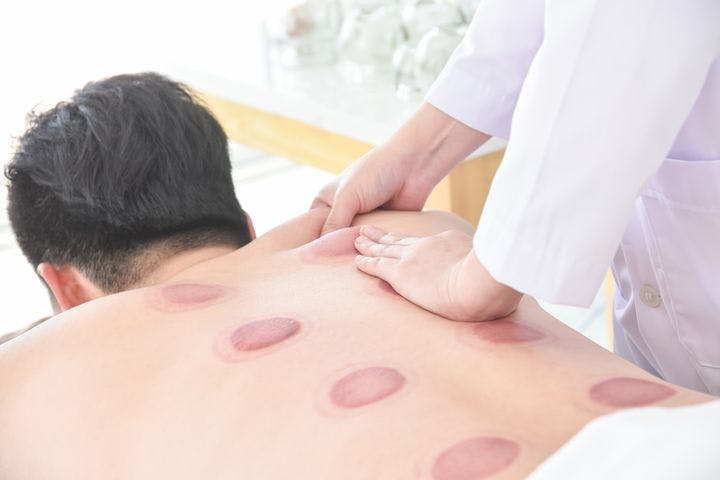
While your TCM physician will likely recommend some of the same treatments as your chiropractor, the goals are different. TCM treatments of a pinched nerve focus on correcting the underlying imbalance.
Tuina massage
Tuina massage is not just like any massage. Its goal is not so much relaxation and palpation as it is to stimulate qi along specific meridians. It also utilises the yin and yang framework of balance. Research shows that tuina heals peripheral nerve injury through its neuroprotective and pain-relieving properties.
Herbs
Certain TCM herbal formulas such as
Speak to a TCM practitioner to determine the right herbal formula for you.
Acupuncture
Your TCM practitioner will also likely perform acupuncture to remove qi blockages along specific meridians. The acupoints used will depend on your syndrome as well as the site of the pinched nerve.
In one case study, a 40-year-old woman with cervical spondylotic radiculopathy (CSR) finds relief from her symptoms after 10 sessions of acupuncture. CSR is a type of neurological disorder usually caused by a herniated disc.
From our brain to the spinal cord and to the tips of our fingers, we’re just a ball of nerves. Treating a pinched nerve successfully includes addressing your symptoms as well as the root cause.
Suffering from a pinched nerve? Book an
References
- Cleveland Clinic. 2020. Pinched Nerves. [online] [Accessed 24 January 2023]
- Better Health Alaska. Why These Pinched Nerve Symptoms are Not What You Think They Are. [online] [Accessed 24 January 2023]
- SpineUniverse.com. 2019. Traditional Chinese Medicine (TCM) and Back Pain. [online] [Accessed 24 January 2023]
- Evidence-Based Complementary and Alternative Medicine. 2016. Liver Governs Tendon: A Theory from Traditional Chinese Medicine—Evidence from a Population-Based Matched Cohort Study in Taiwan for the Association of Chronic Liver Disease and Common Diseases in the Chiropractic Office [online] [Accessed 24 January 2023]
- Evidence-Based Complementary and Alternative Medicine. 2016. From “Kidneys Govern Bones” to Chronic Kidney Disease, Diabetes Mellitus, and Metabolic Bone Disorder: A Crosstalk between Traditional Chinese Medicine and Modern Science [online] [Accessed 24 January 2023]
- Evidence-Based Complementary and Alternative Medicine. 2021. A Review on the Mechanism of Tuina Promoting the Recovery of Peripheral Nerve Injury [online] [Accessed 24 January 2023]
- Medicine. 2021. Yunmen (LU 2) combined with neck-seven-acupoint acupuncture for arm numbness caused by cervical spondylotic radiculopathy A case report. [online] [Accessed 24 January 2023]
- Evidence-Based Complementary and Alternative Medicine. 2016. Therapeutic Effects of Traditional Chinese Medicine on Spinal Cord Injury: A Promising Supplementary Treatment in Future [online] [Accessed 24 January 2023]
Share this article on




